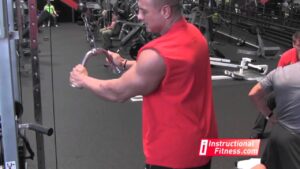This video and more updated versions of similar videos are available for instant download licensing https://www.alilamedicalmedia.com/-/galleries/narrated-videos-by-topics/diabetes ©Alila Medical Media. All rights reserved. Support us on Patreon and get FREE downloads and other great rewards: patreon.com/AlilaMedicalMedia All images/videos by Alila Medical Media are for information purposes ONLY and are NOT intended to replace professional medical advice, diagnosis or treatment. Always seek the advice of a qualified healthcare provider with any questions you may have regarding a medical condition. Diabetes refers to a group of conditions characterized by a high level of blood glucose, commonly referred to as blood sugar. Too much sugar in the blood can cause serious, sometimes life-threatening health problems. There are two types of chronic diabetic conditions: type 1 diabetes and type 2 diabetes. Pregnant women may acquire a transient form of the disease called “gestational diabetes” which usually resolves after the birth of baby. Pre-diabetes is when the blood sugar level is at the borderline: higher than normal, but lower than in diabetics. Prediabetes may or may not progress to diabetes. During food digestion, carbohydrates – or carb – break down into glucose which is carried by the bloodstream to various organs of the body. Here, it is either consumed as an energy source – in muscles for example – or is stored for later use in the liver. Insulin is a hormone produced by beta cells of the pancreas and is necessary for glucose intake by target cells. In other words, when insulin is deficient, muscle or liver cells are unable to use or store glucose, and as a result, glucose accumulates in the blood. In healthy people, beta cells of the pancreas produce insulin; insulin binds to its receptor on target cells and induces glucose intake. In type 1 diabetes, beta cells of the pancreas are destroyed by the immune system by mistake. The reason why this happens is unclear, but genetic factors are believed to play a major role. Insulin production is reduced; less insulin binds to its receptor on target cells; less glucose is taken into the cells, more glucose stays in the blood. Type 1 is characterized by early onset, symptoms commonly start suddenly and before the age of 20. Type 1 diabetes is normally managed with insulin injection. Type 1 diabetics are therefore “insulin dependent”. In type 2 diabetes, the pancreas produces enough insulin but something goes wrong either with receptor binding or insulin signaling inside the target cells. The cells are not responsive to insulin and therefore cannot import glucose; glucose stays in the blood. In other words, type 2 diabetics are “insulin resistant”. Here again, genetic factors predispose susceptibility to the disease, but it is believed that lifestyle plays a very important role in type 2. Typically, obesity, inactive lifestyle, and unhealthy diet are associated with higher risk of type 2 diabetes. Type 2 is characterized by adult onset; symptoms usually appear gradually and start after the age of 30. Type 2 diabetes accounts for about 80 to 90% of all diabetics. Management focuses on weight loss and includes a low-carb diet.
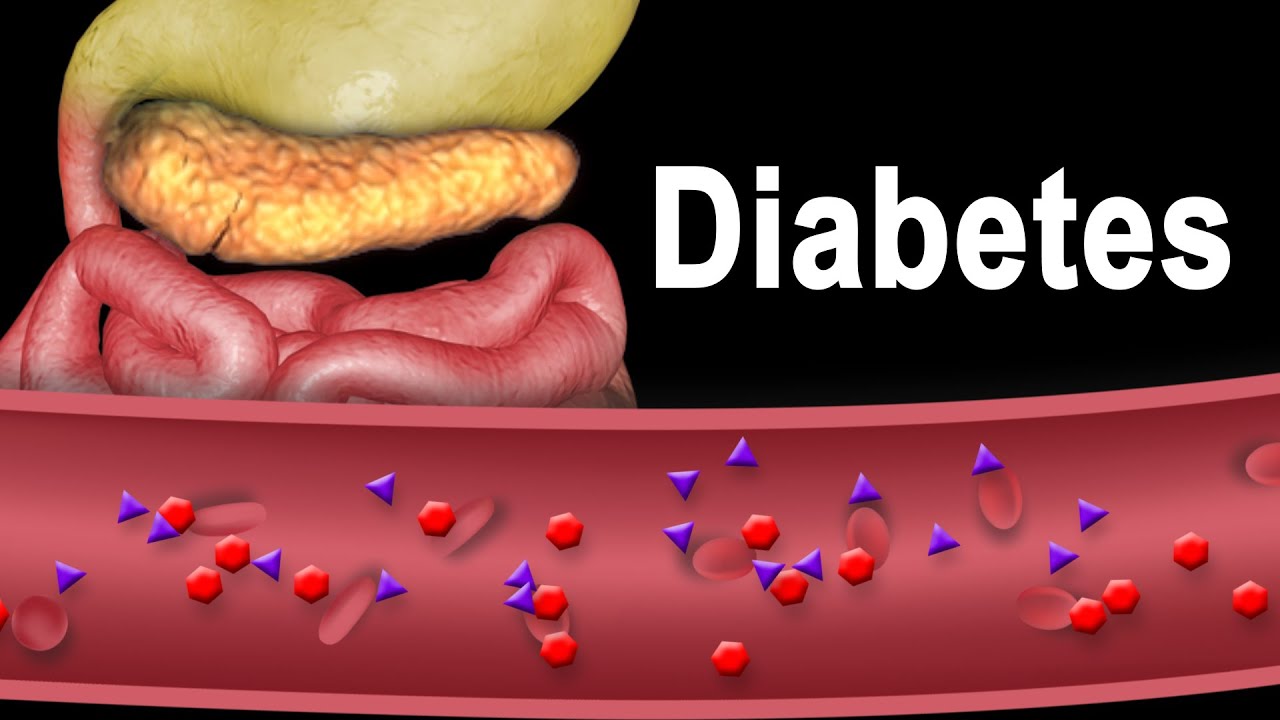
Diabetes Type 1 and Type 2, Animation.
- Post author:
- Post published:May 23, 2021
- Post category:Uncategorized
- Post comments:0 Comments
You Might Also Like
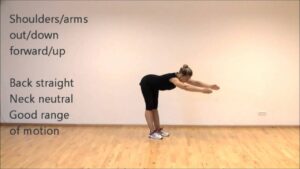
Standing Back extension | Around the World | Marina Aagaard, MFE

Lat Pull Down-5

Alzheimer’s Effects On The Brain
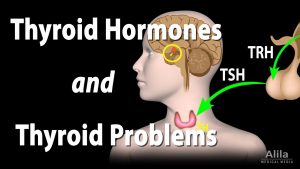
Thyroid Gland, Hormones and Thyroid Problems, Animation
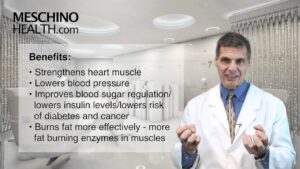
Benefits of Aerobic Exercise
Sperm Reduction

Bodybuilding Nutrition, Diet Recipes & Workout – 38

Introduction to Endocrine System
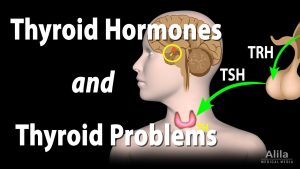
Thyroid Gland, Hormones and Thyroid Problems, Animation
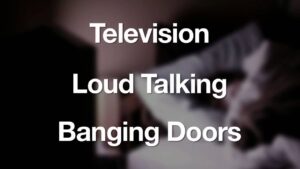
Sleep Video – 2

Metabolic Rate
ECG
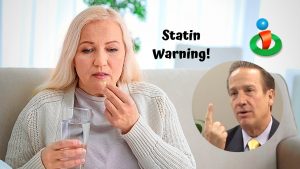
You Don’t Need Statin Drugs!

Sports Psychiatry Video – 3

Hypertension and Stroke (Health Tip)

Upright Row – Shoulder rehab exercises with resistance band
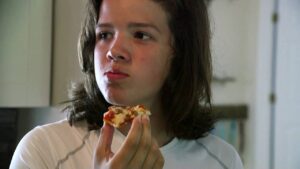
Overweight & Obesity Video – 5

What’s Your Body Type – Endomorph Workout

Hyper Extensions
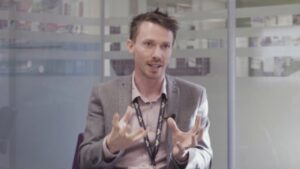
Educational Psychology Video – 3

Components of Fitness & FITT Principles

Branches of Physiotherapy Video – 14

Enzymes Video – 1
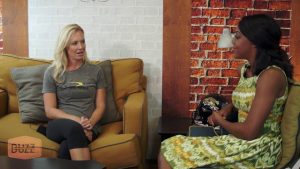
Definition Fitness

Natural Leg Extensions to Build Quads
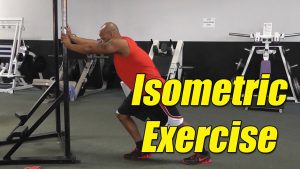
What is an isometric exercise? Isometric Exercises Definition

HOW TO REMEMBER HUMAN SKELETON 206 BONES – PART I SKULL

What is Glutamine in hindi ll Do you really need glutamine supplements ll

BCAA on Anabolism / Catabolism
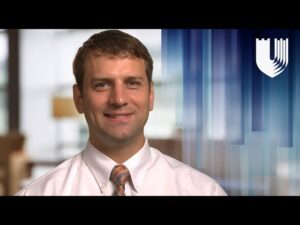
Sports Medicine Video – 2
asvideo

DIGESTION AND ABSORPTION
Fitness Testing
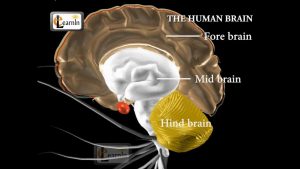
Human brain and its parts – Biology

(CC) How to Pronounce atenolol (Tenormin) Backbuilding Pharmacology
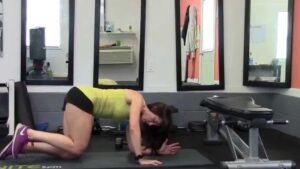
Donkey Kicks-10
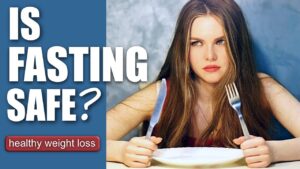
Intermittent Fasting & Fasting Video – 30
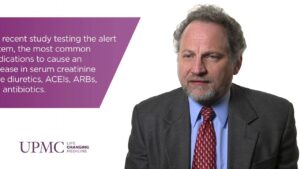
Nephrology Video – 2

Home Remedies To Cure ANEMIA Fast – Treat Iron Deficiency Anemia Naturally | Best Foods For Anemia

What is Adenomyosis? (Enlarged Uterus)

Acne In Motion
